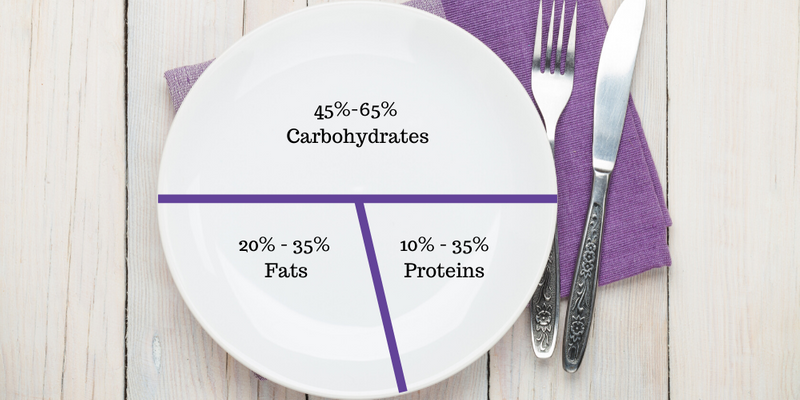Food can be categorized in many different ways. One simple split is into macronutrients and micronutrients:
Macronutrients — our body needs larger amounts of this group.
Micronutrients — our body needs smaller amounts of this group.
Macronutrients
Macronutrients come from three broad groups of foods:
Carbohydrates: This group includes breads, pastas, cereals and any sort of grain.
Proteins: This group contains all fish, poultry, meat, seafood, eggs, beans, and tofu.
Fats: This group is made of oils, nuts, and certain meats, especially processed meats like sausages, hot dogs, and smoked ham.
Foods from these three groups are typically measured in grams. Particular diets or people who are conscious about their diets tend to count the number of calories they eat from each of these groups.
Your body needs all three types of macronutrients for a healthy diet. Restricting or excluding any of these macronutrients from your diet can make it difficult for your body to maintain itself in a healthy way.
If you're interested in monitoring your macro intake, go through a two-step process:
Count how many calories you need to eat each day. Macronutrients are basically your caloric intake for the day, so it's essential to know how many calories you want to and should be having each day.
Define the percentages of each macro based on your goals. The breakdown is purely based on what your goals are. Someone looking to lose weight, for example, would set a lower carb or fat percentage.
Quiz
Which of the following is not part of one of the macronutrient groups?
How many macronutrients should I be eating?
Although you can tailor your macronutrient percentages to achieve your body goals as you desire, you should try to stick to an acceptable range of carbs, proteins, and fats.
For adults, the acceptable macronutrient distribution ranges are:

Micronutrients
While macronutrients are your main source of energy — through calories — micronutrients are the vitamins and minerals your body needs. Although our bodies do produce some vitamins and minerals, others come from the foods we eat.
 Photo by Anastasiia Chepinska on Unsplash
Photo by Anastasiia Chepinska on UnsplashVitamins and minerals are found in animals, plants, soil, and water. Animals and plants get their fill of vitamins and minerals from their environments. When we eat an animal or plant, these minerals and vitamins are passed on to us.
Varying levels of certain minerals also helps prevent certain diseases. In general, minerals and vitamins are essential because they each play a specific role in your body — from growth to brain function.
Quiz
Which of the following is a benefit of eating micronutrients?
Take Action

There are many different ways to categorize food — but the most basic is the divide between micronutrients and macronutrients.
Your feedback matters to us.
This Byte helped me better understand the topic.


